Overview
Map
Other Details
كنيسة سيّدة الإنتقال
Tannourine El-Faouqa
Batroun
كنيسة سيّدة الإنتقال - تنورين الفوقا بُنيت هذه الكنيسة على أنقاض كنيسة أقدم تعود للقرن الثامن. بوشر البناء سنة ١٨٧٠ وتمّ سنة ١٩٢١ فكانت أكبر كنيسة في لبنان آنذاك. رُمّمت سنة ١٩٧٩ وأظهر الترميم العقد المصنوع من خشب الأرز. سنة ١٩٩٦ إستُقدمت الساعة من إيطاليا.The church of Our Lady of Assumption - Tannourin el FawqaThe church was built over an older church dating back to the VIIIth century. The construction began from 1870 until 1921, becoming the biggest church in Lebanon at that time. The church was restored in 1979 and the cedar wood roof was revealed. A bell tower imported from italy was added to the structure in 1996.
Visited 4097 times, 2 Visits today
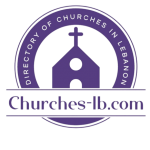


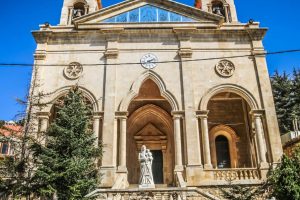
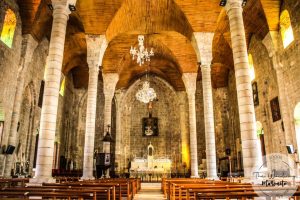
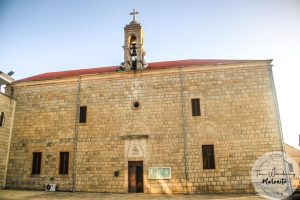
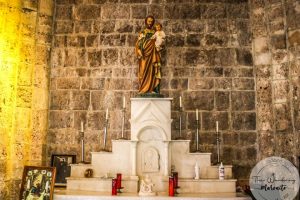
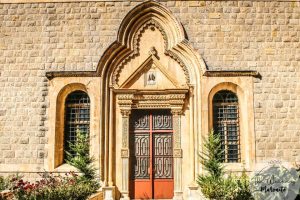
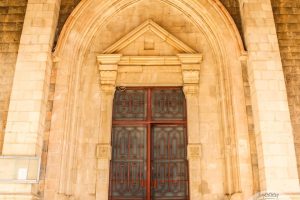
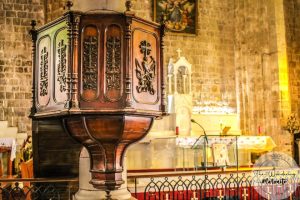
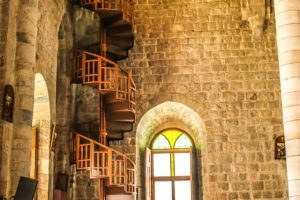
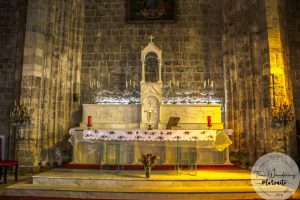
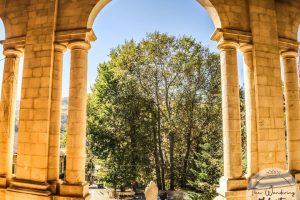










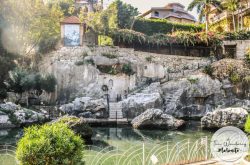
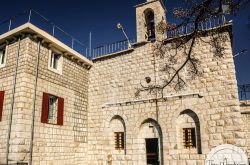

Reviews are disabled, but trackbacks and pingbacks are open.